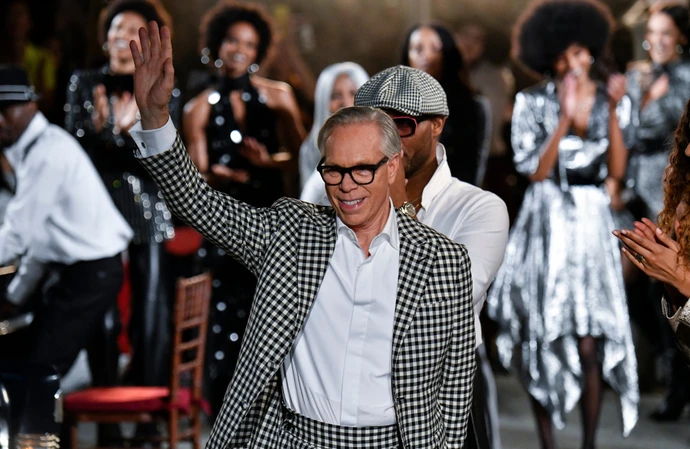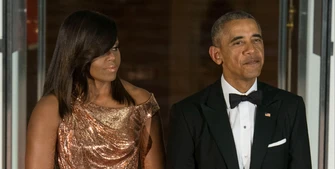Tommy Hilfiger reveals the best advice the late Karl Lagerfeld gave to him
Tommy Hilfiger has revealed the "magic" behind the late Karl Lagerfeld was that he reinvented classic looks.

Tommy Hilfiger says the best advice he received from Karl Lagerfeld was how valuable an archive is.
The 69-year-old designer - who acquired Lagerfeld's eponymous fashion house in 2004 - says the key to the late former Chanel creative director's "magic" was “simply" transforming vintage pieces from their old collections to make them "relevant for today".
Hilfiger said: "The one thing Karl left me with was something that I will never forget. I asked Karl, 'Why is Chanel so successful — what’s your magic?' And he said, 'It’s very simple. I go back to the archives of Coco Chanel and bring all of those ideas forward to make them relevant for today.'"
Hilfiger insisted his brand's archive is "the most valuable asset" they have and models such as Gigi Hadid have benefited from it.
Asked if it was good advice, he added to WWD.com: "I took it back to my design team many, many times. Let’s go back to the archive, let’s see what we did in the early days and see how we can make it relevant for today. We did that with Gigi [Hadid]; we did it with bringing back the streetwear of the Nineties. I feel that the archive is one of the most valuable assets we have. It’s like a treasure chest."
The fashion muse recently insisted the key to his brand's success is "always looking into the future".
Hilfiger - who was crowned Design Lead of the Year at the 2020 GQ Men of the Year Awards - revealed that ensuring their pieces are "eternally youthful" and "a step ahead" of their competition, whilst also appealing to different cultures, explains their longevity.
He said: "I think I am where I am because I’m always looking ahead, always looking into the future, trying to keep a step ahead of my competition and staying relevant by keeping the brand eternally youthful.
“In order to survive you need to be global, but you need to have an understanding of what that really means. The brand needs to work in Dublin and Tokyo and London and Milan, but it needs to respond to those cultures too.”















